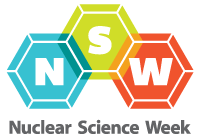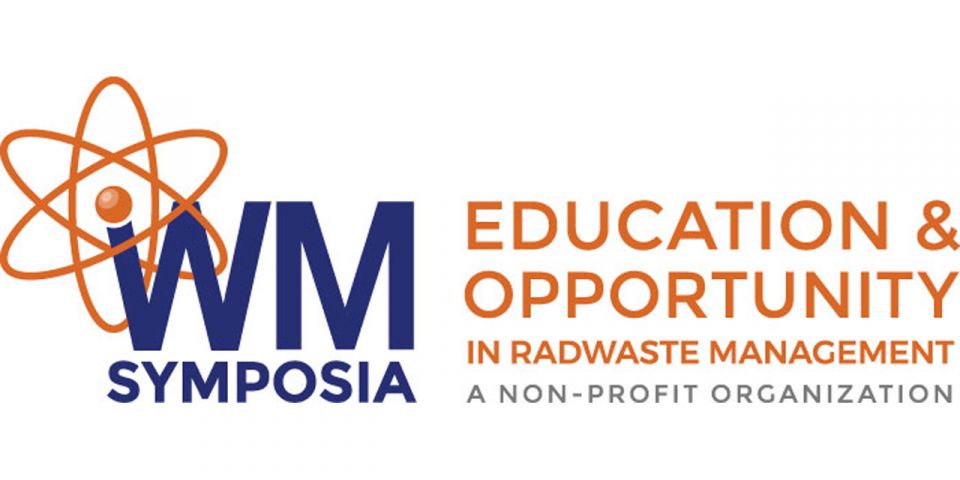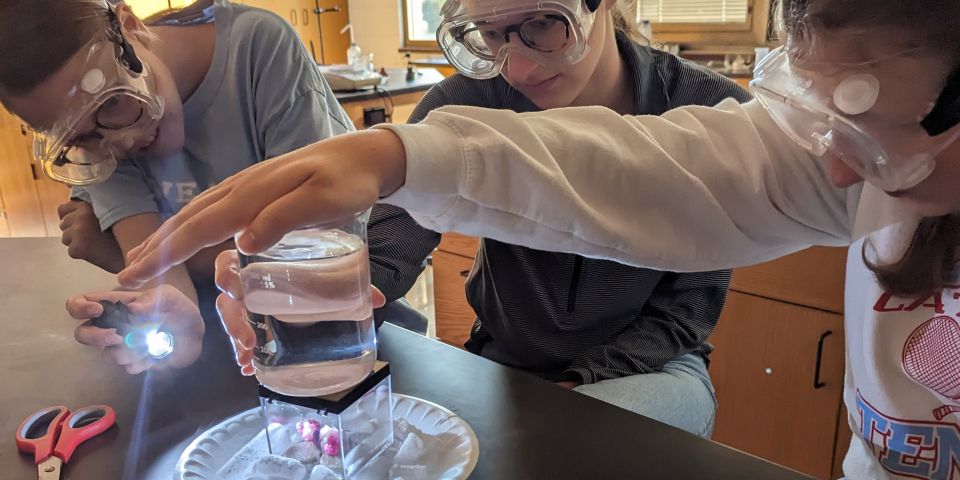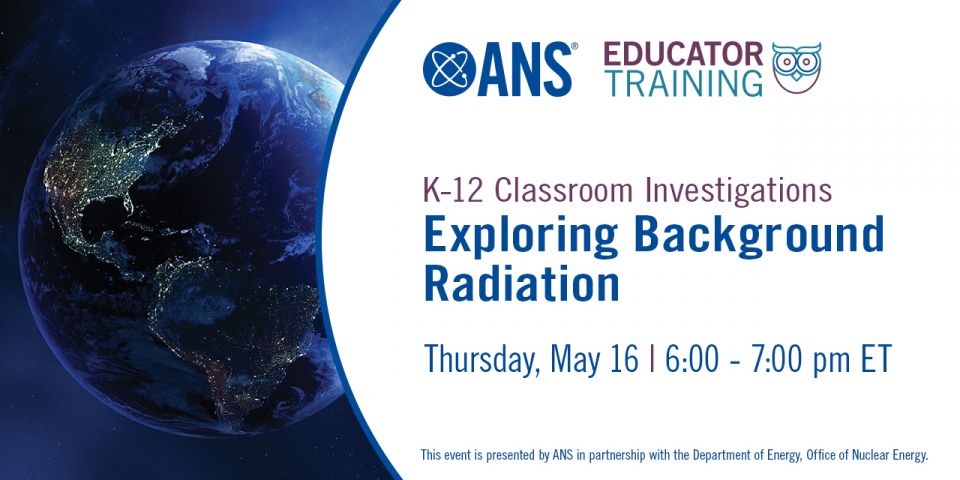Get to Know Nuclear with Nuclear Science Week 2016!

October brings many wonderful things each year, but of special interest to us is the annual National Nuclear Science Week (#NuclearSciWeek on social media) event which is intended to help everyone learn how nuclear science and technology works every day to improve their lives.
National Nuclear Science Week is now an event reaching its sixth birthday, and the real time or live events associated with it have grown in scope each year. This year's actual events are centered in Wilmington, North Carolina and are being hosted by the American Nuclear Society's Wilmington section. You can check out the events by clicking here.
However, you don't need to be there to participate in learning -- or teaching someone else -- about nuclear science and technology. A large number of resources is available for the general public and for educators; some are found at the Nuclear Science Week site but several are below. Even if you aren't engaged this year, take a look at the broad range of educational resources that are available to you and take a moment to consider how easy it would be to incorporate just a one week course on nuclear science and technology this time next year.
•The American Nuclear Society's Center for Nuclear Science and Technology Information is that stop that cannot be missed on any tour of the internet made in search of solid educational information on the field of 'all things nuclear.' The "Know Nuclear" section of the site provides a basic introduction to nuclear technology. "In the Classroom" provides resources for educators and students alike, and educators might be particularly surprised to know there's a free periodic newsletter called "ReActions" that's made just for science educators - and the latest (August) issue is out! Many educational kits are available as are hard resources (like nuclear themed bookmarks, as just one example) on the site as well. This should be your first stop for nuclear science and technology education.
•The US Department of Energy has had available for some years a middle school-level course entitled "The Harnessed Atom." This very recently updated and expanded course includes both a student volume and a special teacher's edition as well as pre-constructed presentations to show the kids. There are also activities to get the young ones involved. Certainly, if you're a middle school educator, taking advantage of this free material would be the easiest way to instantly incorporate nuclear science and technology into your classroom.
•The US Nuclear Regulatory Commission has an all-too-little mentioned section on its website called "The Student Corner." This section has materials for a broad range of student ages and capabilities, includes teacher lesson plans and in-class activities (some of which require special supplies, some of which are fully self contained), and even has a bunch of "Fun and Games" sheets you can print out and complete. A broader range of understanding is made available through links to the NRC's various multimedia and social media venues where informative graphics and videos are available.
•The US Energy Information Administration has a great page for kids on nuclear energy in its "EIA Energy Kids" website section. Click here to see "EIA Energy Kids - Uranium (Nuclear) energy."
•The National Energy Education Development Project (NEED) has a fairly advanced set of teacher resources, including grades K-12, that warrant attention. Worksheets, presentations, and activities are all available free of charge. Click here to see NEED- Nuclear Energy.
Nuclear science and technology are at work right now saving lives. Nuclear medicine is employed the world over in the diagnosis and treatment of disease. Nuclear technology helps us learn about materials and build better things, whatever they may be, of all sorts. Nuclear energy not only runs around the clock to provide us with the electricity so vital to modern society, but does so without producing potentially dangerous exhaust gases - the air over an operating nuclear plant is clean and the sky clear, perhaps only decorated by clean water vapor rising from cooling towers. (Did you know that many nuclear power plants actually have certified nature preserves and natural wildlife refuges on site? It's true!)
Take a moment to think about how nuclear technology improves and even saves lives. Visit the resources above, and consider learning about nuclear technology - and then make the commitment to educate those you can about it. YOU can make a difference!
 Will Davis wrote this special article for the American Nuclear Society. He was at one time a nuclear Reactor Operator on a US Navy Submarine, where a nuclear power plant provided all the energy required to operate the ship, and to feed and sustain an entire crew. The nuclear plant provided clean water and air for the crew on board and helped the sub move quietly through the water, without any exhaust and without taking in air to burn like ships that use oil or diesel fuel. Think about that! In the photo he's standing by the control panels of an actual nuclear power plant, on board the nuclear ship N.S. SAVANNAH.
Will Davis wrote this special article for the American Nuclear Society. He was at one time a nuclear Reactor Operator on a US Navy Submarine, where a nuclear power plant provided all the energy required to operate the ship, and to feed and sustain an entire crew. The nuclear plant provided clean water and air for the crew on board and helped the sub move quietly through the water, without any exhaust and without taking in air to burn like ships that use oil or diesel fuel. Think about that! In the photo he's standing by the control panels of an actual nuclear power plant, on board the nuclear ship N.S. SAVANNAH.







